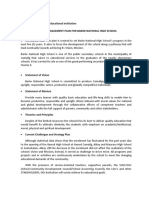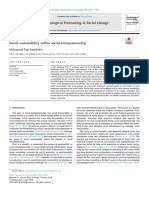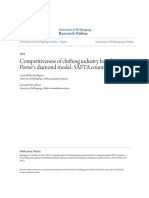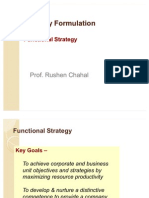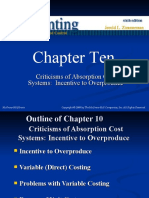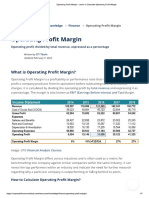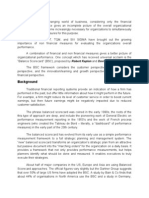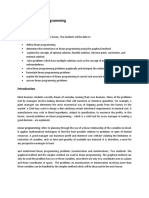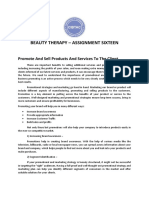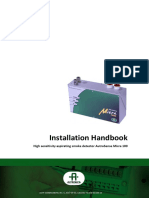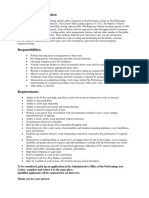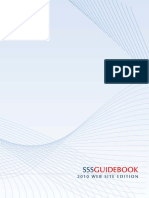100% found this document useful (1 vote)
73 views35 pagesLesson 2 Linear Programming
This document provides an overview of linear programming techniques. It defines linear programming as a method to maximize or minimize an objective function subject to constraints. The key steps are to identify decision variables, formulate the objective function and constraints, and then use graphical or algebraic methods to find the optimal solution. An example problem is provided to demonstrate how to maximize profits by determining the optimal production quantities of two products given machine time and profit constraints. The learning objectives are to formulate linear programs, determine the feasible solution area graphically, and identify optimal solutions.
Uploaded by
alecksgodinezCopyright
© © All Rights Reserved
We take content rights seriously. If you suspect this is your content, claim it here.
Available Formats
Download as PDF, TXT or read online on Scribd
100% found this document useful (1 vote)
73 views35 pagesLesson 2 Linear Programming
This document provides an overview of linear programming techniques. It defines linear programming as a method to maximize or minimize an objective function subject to constraints. The key steps are to identify decision variables, formulate the objective function and constraints, and then use graphical or algebraic methods to find the optimal solution. An example problem is provided to demonstrate how to maximize profits by determining the optimal production quantities of two products given machine time and profit constraints. The learning objectives are to formulate linear programs, determine the feasible solution area graphically, and identify optimal solutions.
Uploaded by
alecksgodinezCopyright
© © All Rights Reserved
We take content rights seriously. If you suspect this is your content, claim it here.
Available Formats
Download as PDF, TXT or read online on Scribd
/ 35

















